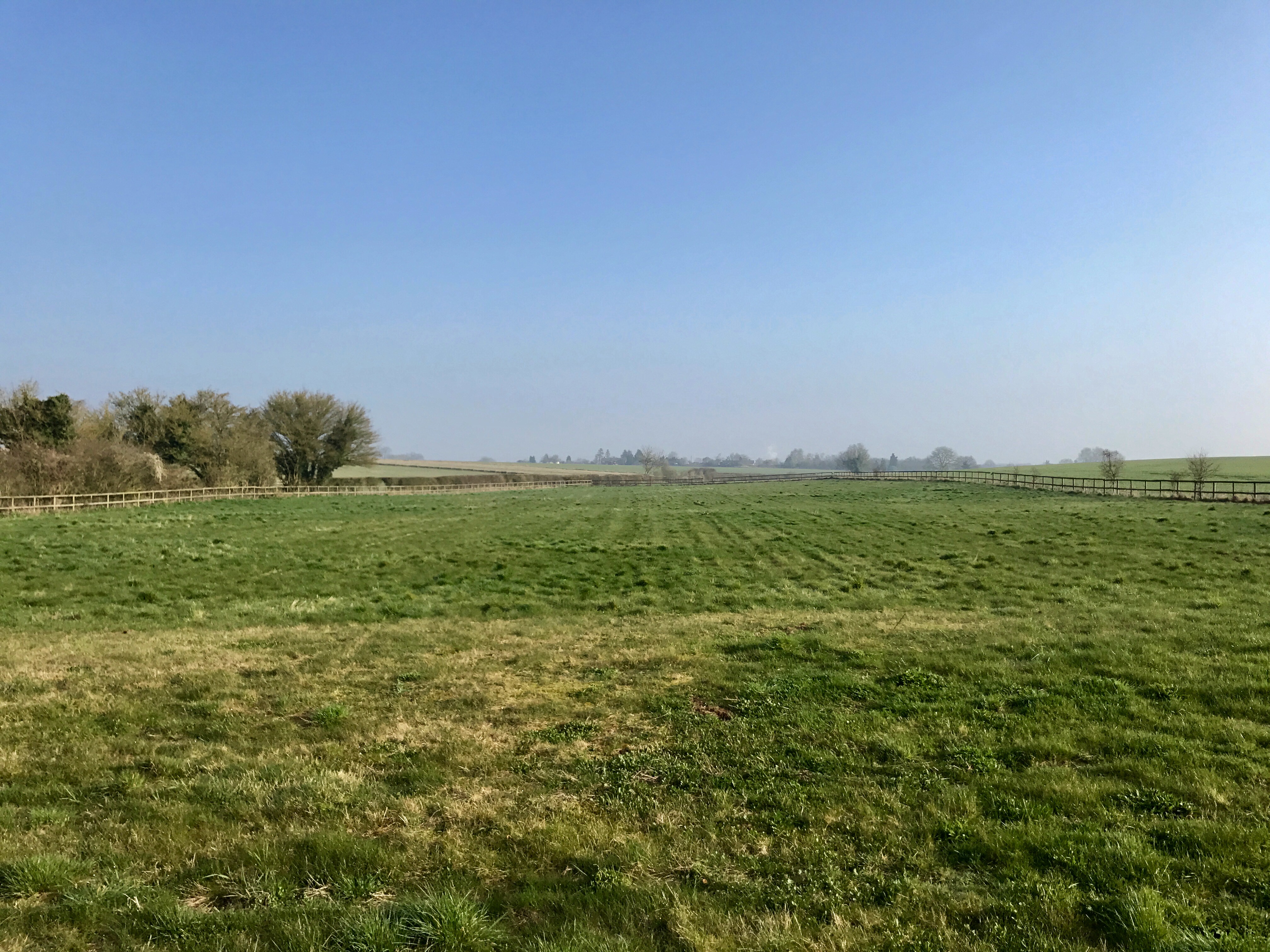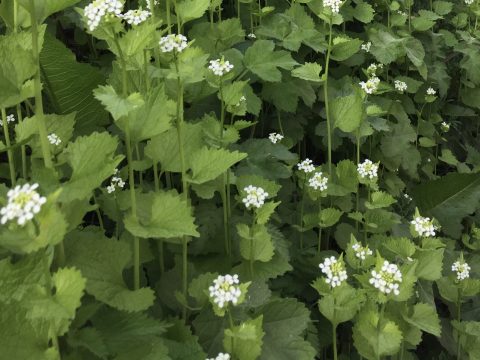With the Littlest now being home schooled due to lockdown I have found that I have spent hours, late at night, muddling my way through the unbelievably vast amount of content that is out there so that I can bring some sort of order to her ‘school’ days. Our routine isn’t fixed in stone but there is a vague routine; mornings she does Maths and English with a break mid-morning, when everyone is called down for ‘fika’ (literally translated from Swedish as ‘a coffee and cake break’ and a habit that FotT picked up from his time working in Stockholm); anyway it’s a great excuse for the Tribe to eat more. We are going through a ridiculous amount of sweet stuff; freshly baked cakes and biscuits can disappear before they even have a chance to cool down! After lunch, Monday is history (this is her favourite), Tuesday is music, Wednesday is science, Thursday is art and Friday is geography (the Boy has taken on the challenge of teaching this, but so far so good). I know how incredibly fortunate we are that I am able to spend the time with the Littlest and we have the space and resources to make it work and of course, there’s only one small person needing my help – the others are obviously managing their own school time. But I can remember what it’s like juggling lots of small people – we would spend the 10 weeks of summer holidays in the Middle East, when it was so hot that you couldn’t go outside and every other expat had disappeared back to their home countries; it was a time when the Tribe spent 24/7 together, everyone learnt to get on with each other and in many ways it was a magical time – there were good days, bad days, in between days and some spectacularly fabulous days. Kinda like life really.
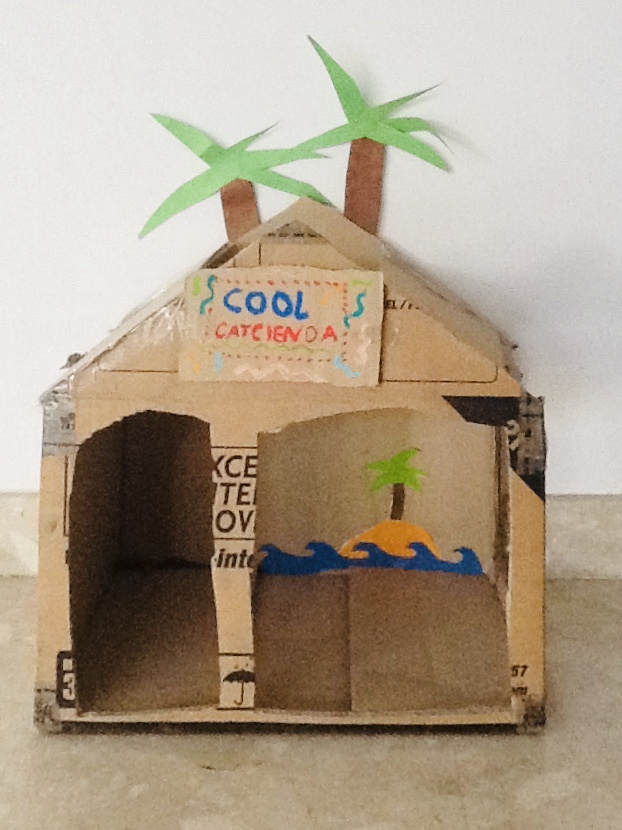
Anyway, enough rambling. In science the topic for the Littlest is currently Solids, Liquids and Gases and one aspect was finding out why the council puts salt on ice and snow. So, I found an experiment – can you pick up an ice cube without touching it?
You need: an ice cube, a full glass of water, piece of string, salt
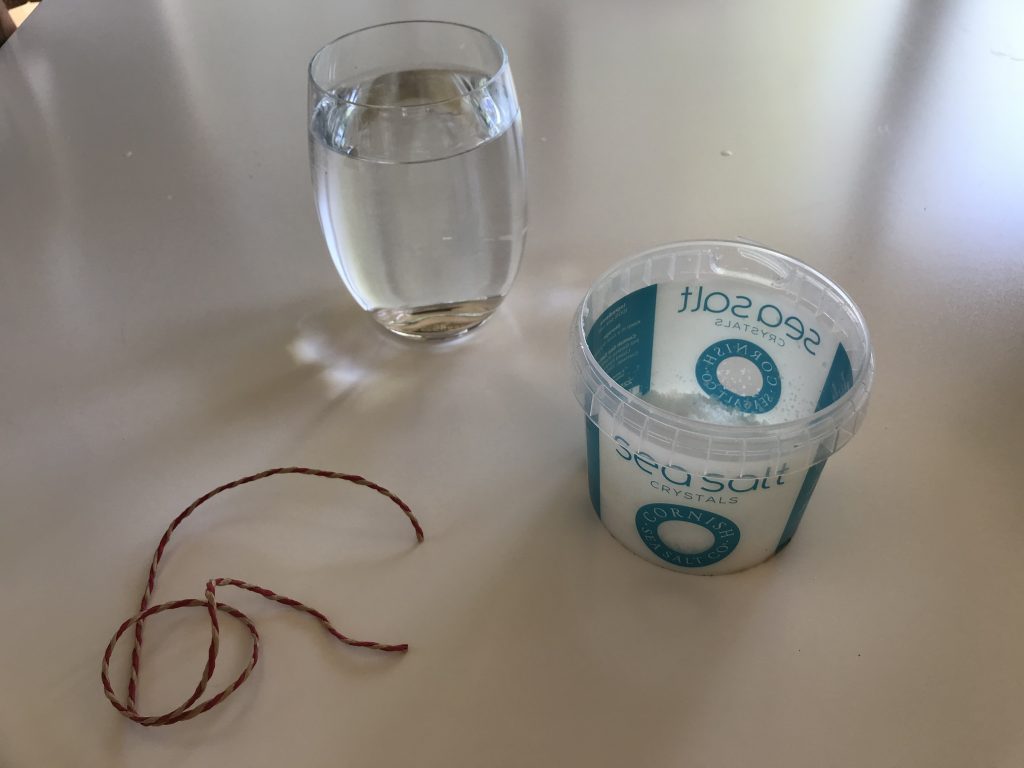
Steps: 1. Place the ice cube on top of the glass of water.
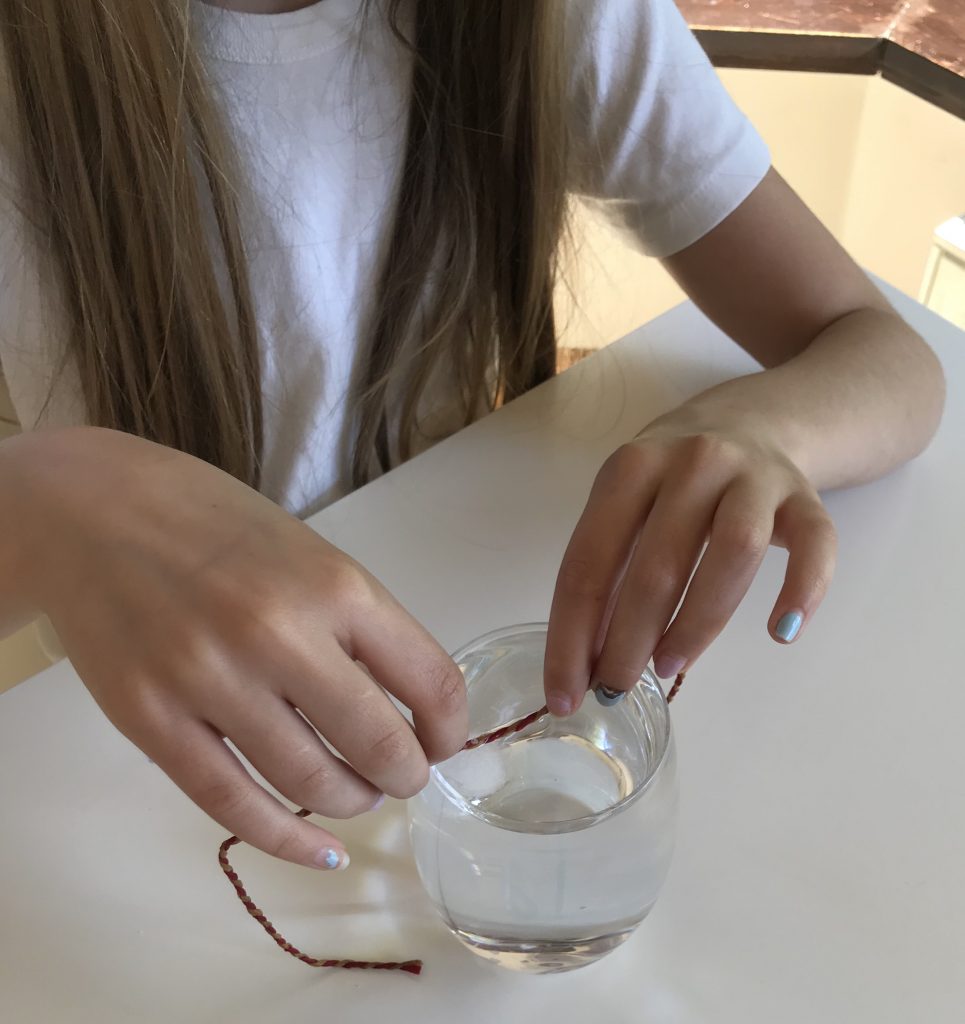
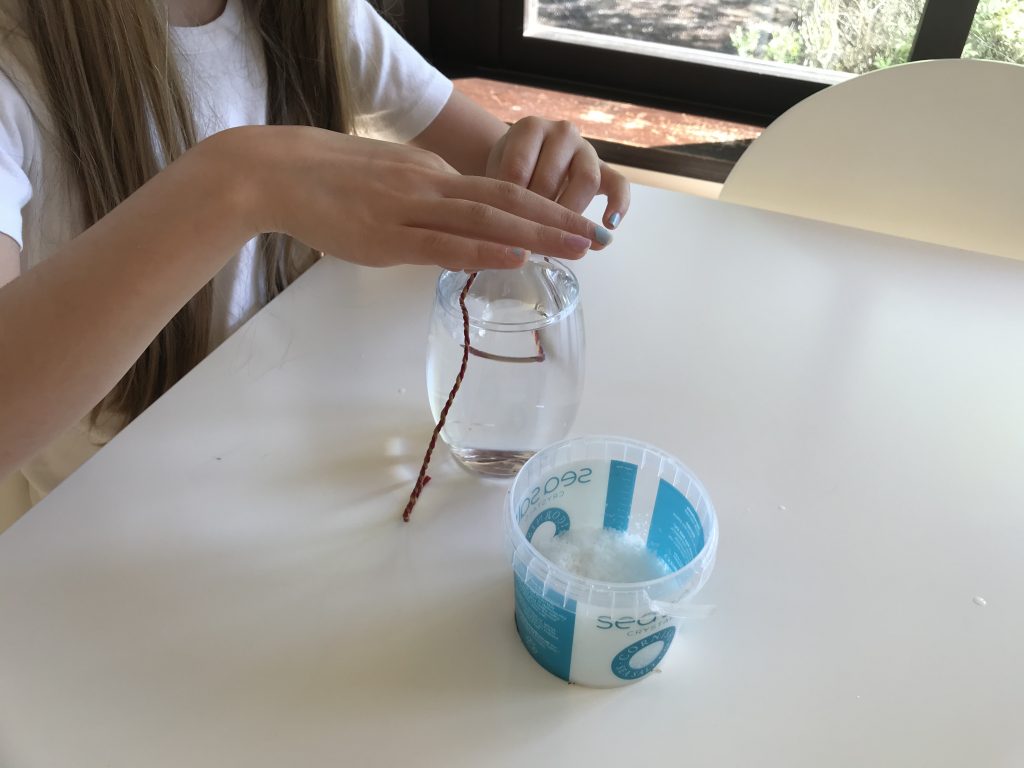
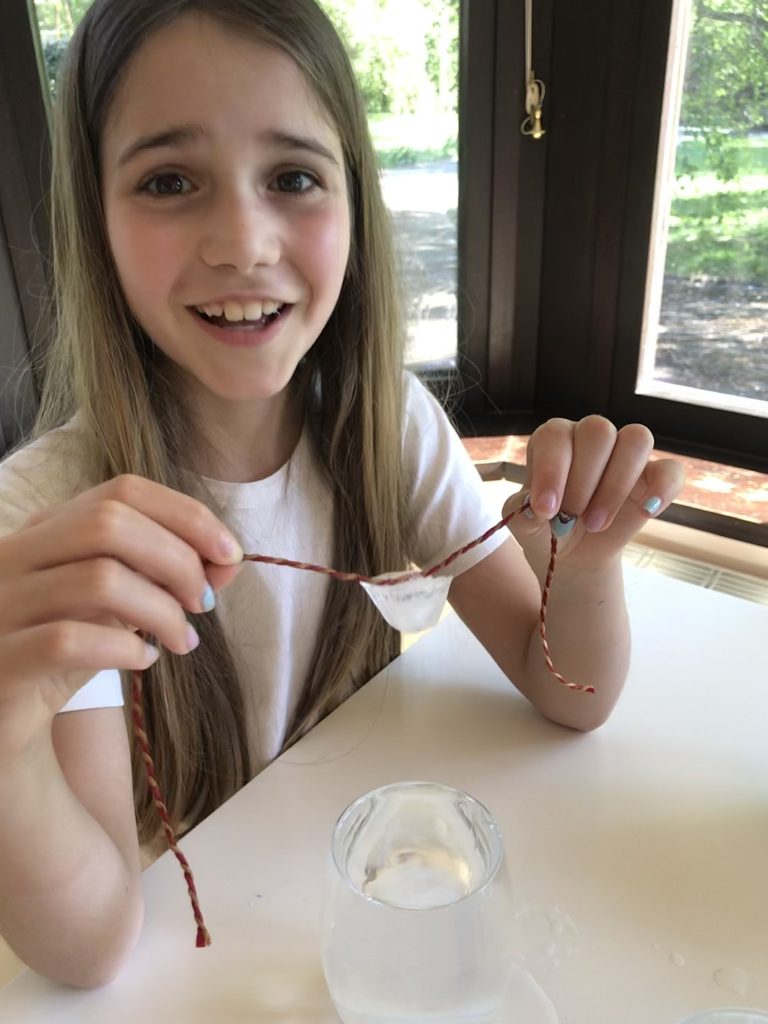
So, to the science bit. Water is made up of molecules that are constantly moving. As water cools, the molecules slow down and when water freezes the molecules create strong bonds between each other, turning the water from liquid to solid, as ice. Pure water freezes at 0 degrees Celsius. If water is not pure, by adding salt for example, the freezing point becomes lower because the molecules take longer to bond together. In this experiment, the salt dissolves the ice in the thin layer of water above the ice. After a few minutes, the coldness of the ice cube freezes the little puddle of water into ice again around the string. This allows you to pick up the ice cube.
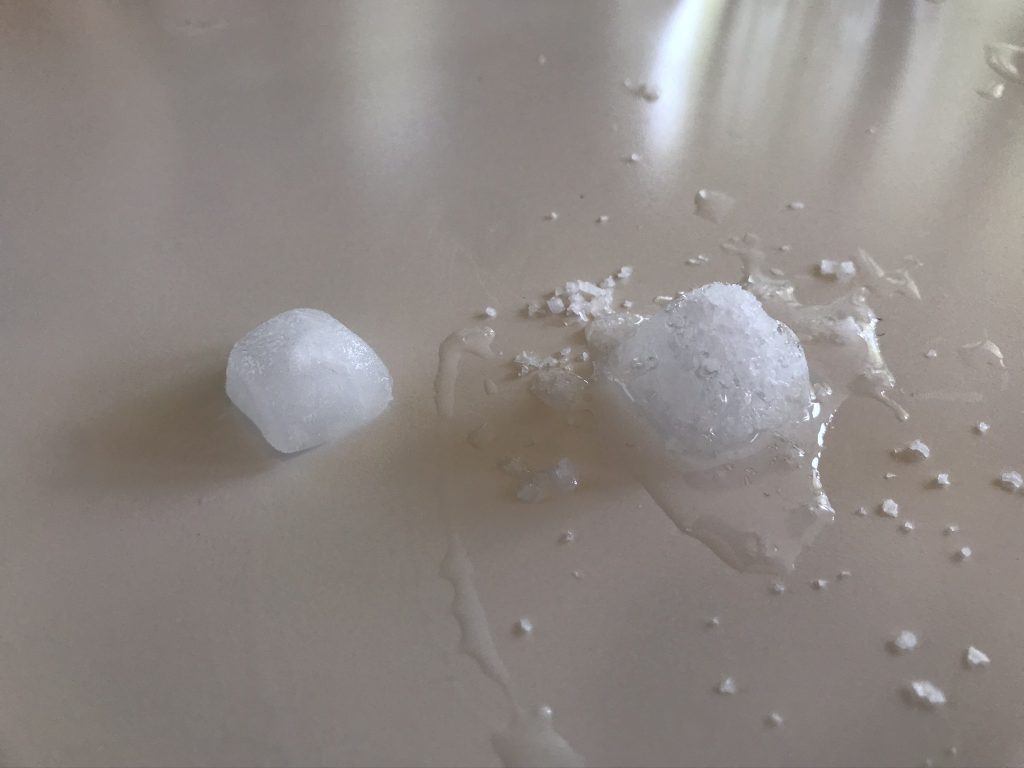
So there you go, the reason that salt is used by councils to melt ice and snow on roads, pavements and playgrounds is to prevent them from re-freezing over.


